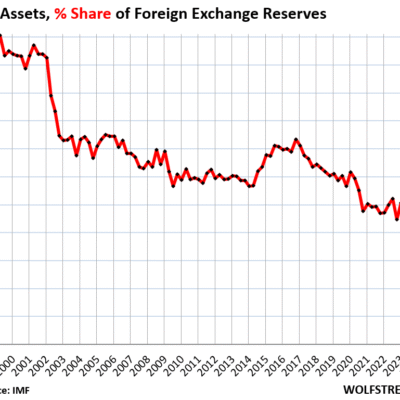Jan Bartek – AncientPages.com – Archaeologists have conducted a comprehensive study to understand the history of inequality by analyzing house size distributions from over 1,000 sites globally, spanning the past 10,000 years. Their findings reveal that although inequality has been a common feature throughout human history, it is neither unavoidable nor uniformly expressed across different locations and periods.
This research provides valuable insights into how societal structures have varied over time and space.
Three excavated Classic period (ca. 550–750 CE) houses at El Palmillo (Valley of Oaxaca, Mexico). Bottom: the largest and most elaborate residential structure (Platform 11). Top right: a less elaborate residence (Structure 35). Top Left: a smaller residence (Terrace 925). Credit: Linda Nicholas and Gary Feinman.
“This paper is part of a larger study in which over 50,000 houses have been analyzed to use differentials in house sizes as a metric for wealth inequality over time, on six continents,” says Gary Feinman, the MacArthur Curator of Mesoamerican, Central American, and East Asian Anthropology at the Field Museum in Chicago, and the paper’s lead author.
“This is an unprecedented data set in archaeology, and it allows us to empirically and systematically look at patterns of inequality over time.”
The paper Feinman led delves into comparing the extent of inequality at different localities (mostly archaeological) to understand how things changed over time.
“While there is not one unilinear sequence of change in wealth inequality over time, there are interpretable patterns and trends that cross-cut time and space. What we see is not just noise or chaos,” says Feinman.
The variation that the researchers found challenges long-held views across history and the social sciences that ancient Greece and Rome or medieval Europe’s history can be used as generalized representations of humanity’s past.
“There are a lot of things that have been presumed for centuries—for example, that inequality rises inevitably,” says Feinman.
“The traditional thinking expects that once you get larger societies with formal leaders, or once you have farming, inequality is going to go way up. These ideas have been held for hundreds of years, and what we find is that it’s more complicated than that— high degrees of inequality are not inevitable in large societies.
“There are factors that may make it easier to happen or increase to high degrees, but these factors can be leveled off or modified by different human decisions and institutions.”
“Variability in the sizes of houses may not be the full extent of wealth differences, but it’s a consistent indicator of the degree of economic inequality that can be applied across time and space,” says Feinman.
“I know from my own archaeological fieldwork in the Valley of Oaxaca, Mexico, that almost always, the larger the house, the more elaborate the house, with special features and thicker walls.”
Researchers quantified economic inequality by using house size distributions at over 1,000 settlements to calculate a Gini coefficient for each site. This metric assesses inequality from 0 (complete equality) to 1 (maximal inequality). They compared these coefficients across time and space to examine trends and their relation to population, political organization, and other factors. Despite rising populations, they found that inequality hasn’t increased uniformly.
Gary Feinman directing the excavations in the Platform 11 residence in El Palmillo. Credit: Linda Nicholas and Gary Feinman
“The measure of inequality we found in these sites is quite variable, which suggests that there’s not one homogenized pattern,” says Feinman. In other words, contrary to traditional scholarly thinking, there’s no one-size-fits-all explanation for why societies become economically unequal.
“Human choice and governance and cooperation have played a role in damping down inequality at certain times and places, and that is what accounts for this variability in time and space,” says Feinman.
“And if inequality isn’t inevitable when human aggregations get larger and governmental structures get more hierarchical, then there is a suite of implications for how we view the present and how we look at the past.
See also: More Archaeology News
“Although history has shown us that elements of technology and population growth can raise the potential for inequality at certain times and places, that potential is not always realized, as people have implemented leveling mechanisms and systems of governance that mute that potential.
“The often-expressed views that certain economic, demographic, or technological conditions or factors make great wealth disparities inevitable simply are not borne out by our global past.”
The study was published in the journal Proceedings of the National Academy of Sciences
Written by Jan Bartek – AncientPages.com Staff Writer







